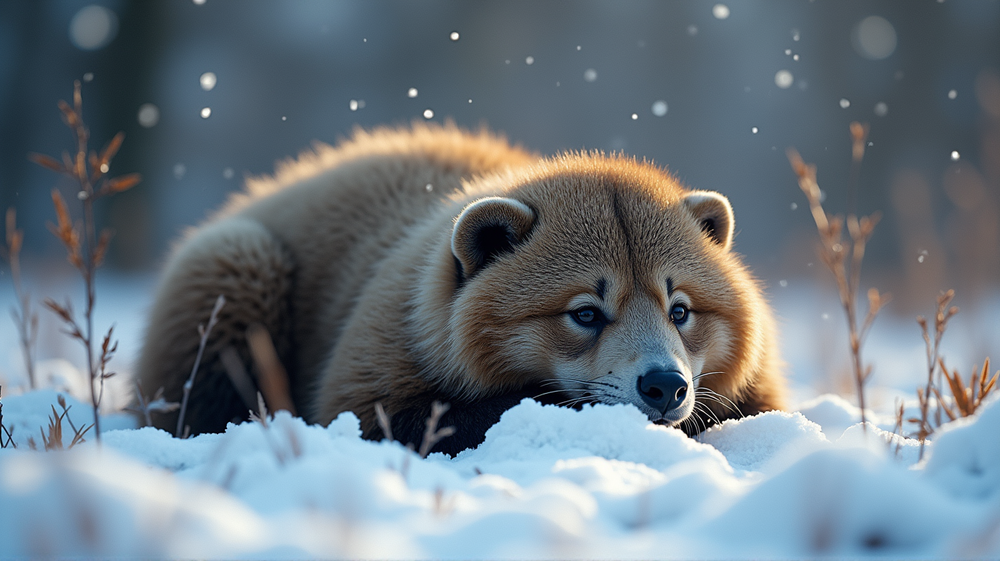When winter’s chill settles in, it drives some of nature’s most resilient creatures to retreat into hibernation, a fascinating survival tactic that ensures their survival through gruelling seasons. Discover how these top 10 animals endure their dormancy with extended rests, showcasing nature’s remarkable adaptation.
The Unyielding Edible Dormouse
Parasomniacs of the animal world, edible dormice take the crown for one of the longest slumbers, dozing off for nearly 11 months. In years with scarce nourishment, they maximize rest, extending their hibernation in areas abundant with shelters, showcasing a unique survival strategy.
Alpine Marvels: The Marmots
Nested in the sparse, rugged terrain, alpine marmots hibernate for a significant 7–8 months. They retreat into underground havens, their survival contingent upon communal warmth and fat reserves amid the daunting alpine climate.
Flights of Rest: The Brown Bats
As winter grips caves and deserted mines, little brown bats derive their endurance through prolonged slumber for 6–7 months. By lowering their metabolism, they successfully conserve energy, making the most of their temporary homes.
The Common Poorwill: A Bird’s Hibernate
Resilient among birds, the common poorwill enters true hibernation for up to 5 months, quietly braving seasonal extremes, making them unique avian hibernators who defy typical bird behavior.
Survival with the Black Bear
Facing down the cold-hearted winter, black bears hibernate up to 7 months without sustenance, skillfully navigating this seemingly inactive period with metabolism adjustments that capture revered survival skills.
Hedgehogs of Europe
As cold descends upon their terrain, European hedgehogs burrow into nests or leaves, embracing slumber for up to 6 months, illustrating how these spiny creatures adapt to regional differences with their extended sleep.
The Burrowed Box Turtle
Brumation becomes the chosen strategy for box turtles, a dormant state akin to hibernation that stretches up to 5 months where the earth provides refuge, safeguarding their slumber beneath its surface.
Ground Squirrels: Frozen Stasis
Arctic ground squirrels push boundaries, surviving 7–8-month dormancies, their bodies bending the laws of life with temperatures plummeting below water’s freezing point.
Terrific Tactics of the Wood Frog
Enduring wood frogs withstand up to 6 months of frigid grips with physiological ice within their veins, a fascinating adaptation that sees them defy our traditional understanding of life through frozen stasis.
Lemurs with Fatty Advantages
On Madagascar, fat-tailed dwarf lemurs thrive within arboreal shelters, curling up for 7-month stretches, drawing sustenance from surplus tail fat in a manner that beautifully encapsulates nature’s ingenuity.
Explore more of nature’s splendor as it unfolds its strategies in the battle of survival. As stated in TimesOfIndia.com, these phenomenal adaptations remind us that though dormant, life continues its magnificent balancing act even in times of stillness.













